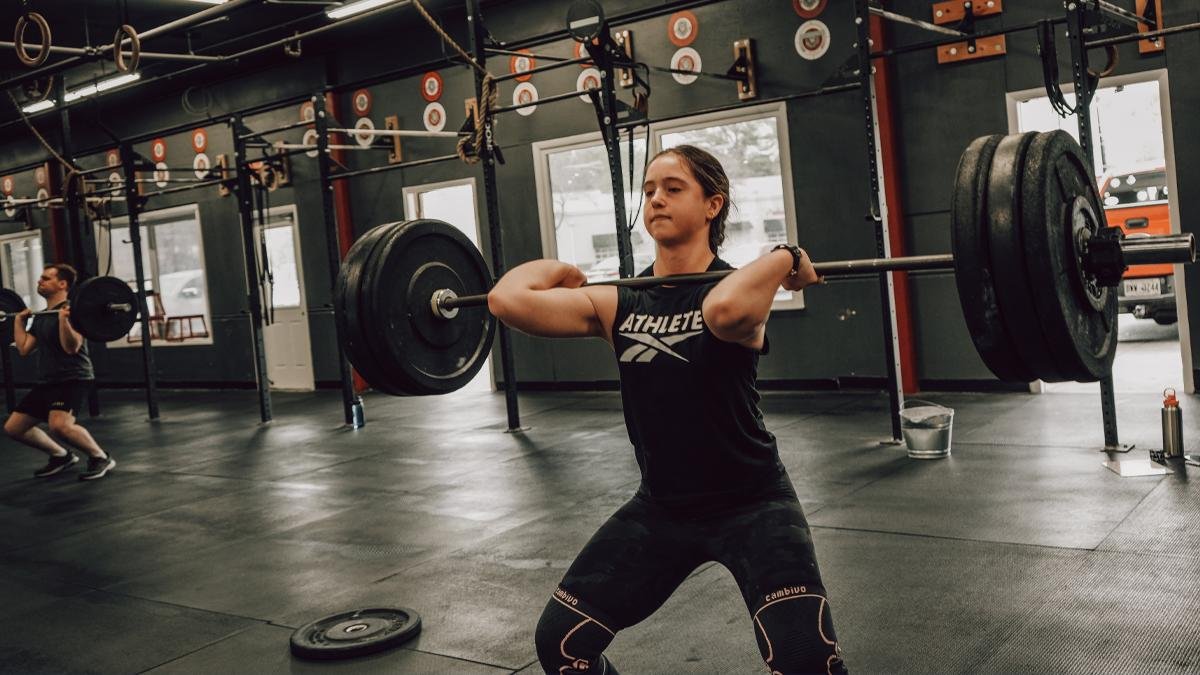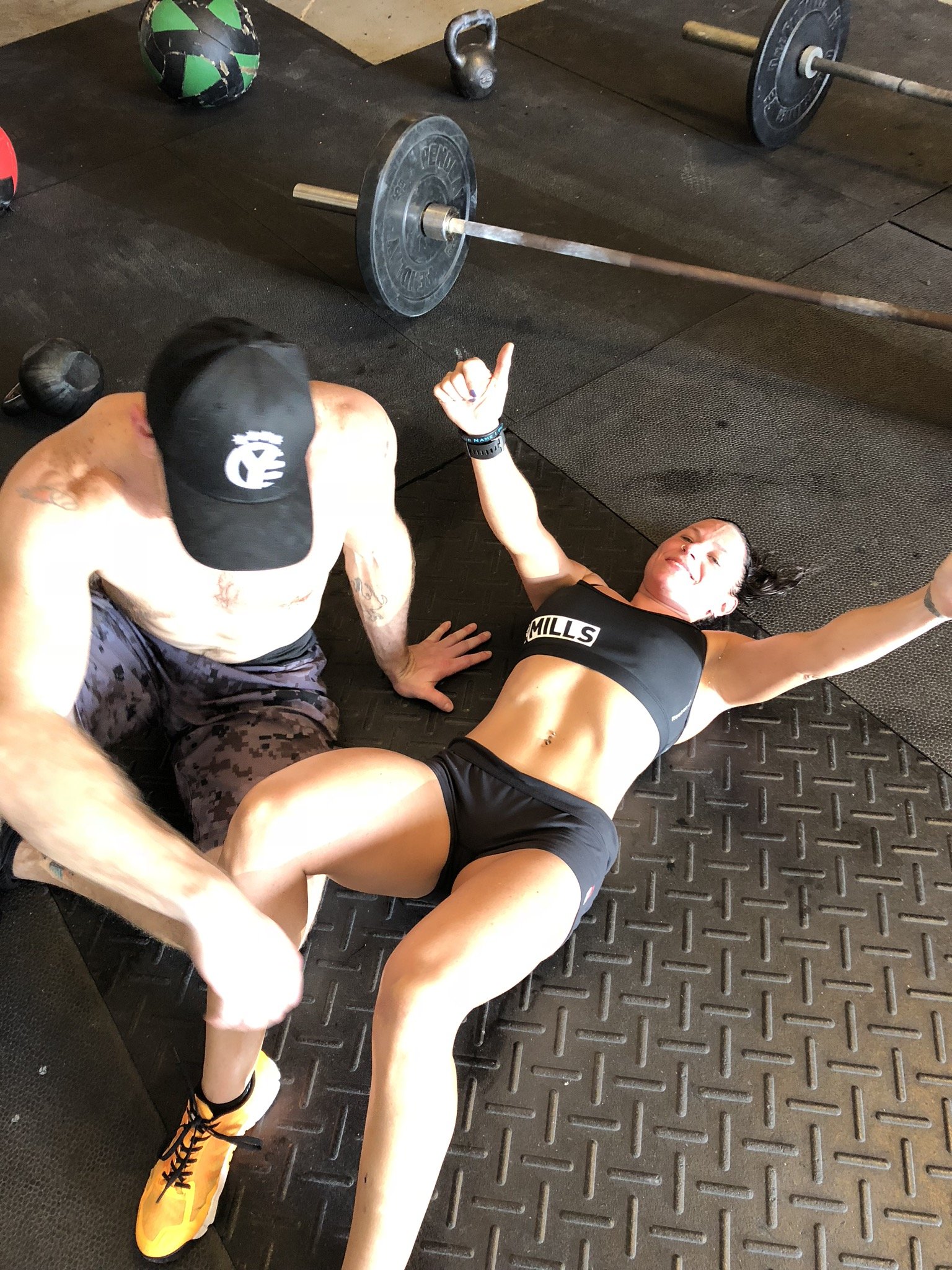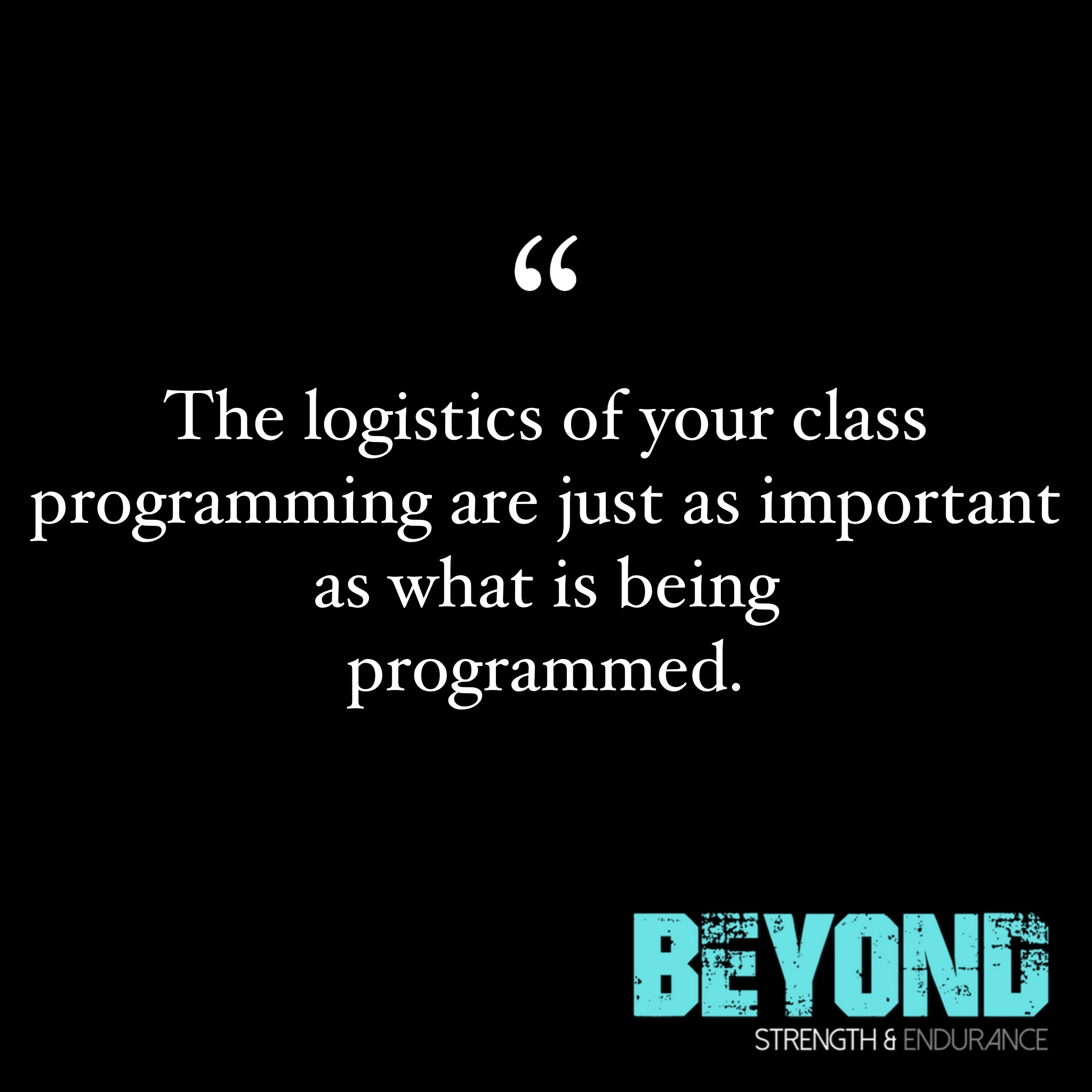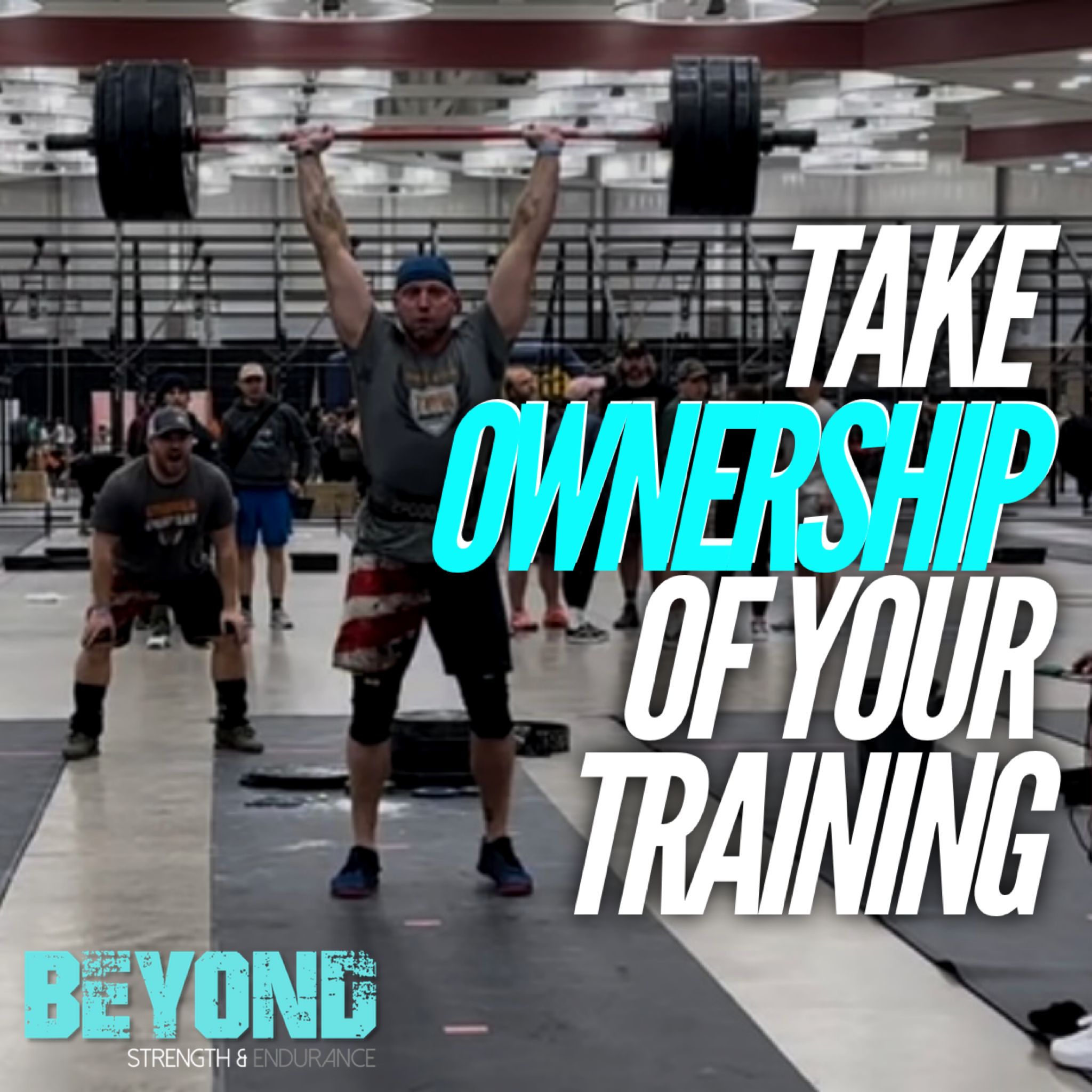The Open has arrived! Did it sneak up on you or have you been counting down the days? Either way, it is time to put all of your hard work to the test, FAFO and see what happens. After 18 years of CrossFit experience, this will be my 15th Open. And I wanted to share five things that will help you perform at your best.
Goal Debrief
Know Thyself
Stay Calm and WOD On
Logistics
To Repeat or Not Repeat…that is the question.
GOAL DEBRIEF
This might be an odd one to start with, considering the fact that we’re talking about how to make this year your best one yet. Therein lies the key word: YET. The CrossFit Open isn’t the end of your journey, it’s simply a pit stop along the road trip of your fitness travels. Come into each workout this year with a mindset of not only finding out where you are currently, but also knowing that it will give you information about how to get better in the future.
After each workout, sit down with your teammates, a coach or the gym owner. Walk through the things that went well and the areas that held you back the most. This can help you to avoid dwelling on your score if it wasn’t what you hoped for, and make an action plan for your goals and training moving forward.
“You won’t rise to the occasion...you will fall to the level of your training.”
KNOW THYSELF
In all my years of coaching and competing, I have tried to help people understand that this phrase can save so much frustration and disappointment. You simply need to “know thyself” and take an honest assessment of where you are at. Countless times, I see athletes come into competition and believe miracles are going to happen. I’m not talking about team sports here where crazy things have happened like the legendary story from the movie “Hoosiers.” This is all about you and your current capabilities and capacities.
I’m not trying to rain on anyone’s parade, but expecting to make it past the 250# and 275# clean when your current max is 225# just because it’s The Open is setting yourself up for failure. Of course PRs happen. There is a “magic” to The Open. But let’s bring it back to reality. The tough thing that happens when people expect some unrealistic number is they actually get upset… EVEN WHEN THEY PR.
This also happens with skill movements. Someone can string eight pull-ups together but somehow believe that by the grace of God they are going to do three rounds of 20 pull-ups unbroken. It’s just not realistic.
Of course we want to push ourselves to new levels. After all, that’s why we compete. However, you need to be honest with where your current strength and fitness levels are. This is truly not meant to be a negative thing. It is allowing you to make the best game plan for you, and be able to celebrate the smallest of things without feeling the weight of mismanaged expectations.
Amazing things can happen, but let them happen. Don’t expect them.
“Never in the history of calming down has anyone calmed down from being told to calm down. ”
STAY CALM AND WOD ON
Relaaaaaaax, breathe and move.
Early in my coaching career, I worked with UFC fighters. “Adrenaline dump” was an issue we worked on constantly. Let’s be honest, they are going into a cage to fight another human while thousands of people watch. That’s gonna come with some amped-up emotions. The guys that didn’t manage this well would be gassed two minutes into the fight. Not good.
I have seen this many times in The Open. One minute after 3,2,1…go, someone’s heart rate spikes and they don’t recover. If you are walking through the workout in your mind and you start to feel your heart rate increase, the workout might not go well for you. Mental visualization can be a great tool, but not if it is causing anxiety and high blood pressure before any physical activity begins.
A few things to help you not cause yourself to hit a wall:
Warm-up more. The longer you take to stretch, mobilize, practice the movements or do light cardio, the more it can allow you to breathe and calm down.
Close your eyes and focus on your breathing.
Embrace the mindset that you have what you have right now, and that’s it. Nothing more, nothing less. Have some fun, give it hell and see what happens.
LOGISTICS
This one tends to get overlooked. Once the workout is released and you know the space, equipment and movements, think through how you can lay out everything. What transitions are there? How can you have a clear area and pathway for you to move? Is there space for your judge to safely operate? Think about the in-person competitions you have done or seen. Unique ways of how things are set-up can significantly elevate performance.
It might not seem like a lot of the time, but even a few seconds of unnecessary transition time that happens many times throughout the workout can make a big impact on your score.
TO REPEAT OR NOT REPEAT…THAT IS THE QUESTION
This is always an interesting topic for me. On one hand, the true essence of almost all other competitions doesn’t allow for any repeats. Good, bad or indifferent, you get one shot. That’s it. Part of me wants to coach everyone towards embracing this. There have been a number of years I adhered to this for myself in The Open.
On the other hand, I get it. Seconds or reps left out there can eat away at you. It is allowed, so why not give it another go, eh? Some plan to do this with every workout. Some only the ones they feel went poorly. And others are one-and-done.
Whatever you choose, ask yourself this question if you are going to repeat:
“Who am I repeating this for?”
If the answer is anyone but you, then maybe just move on to the next week.
YOU GOT THIS.
I know from experience that these things can be challenging to truly embrace. If you take it one step at a time and put things like this in play, the outcome will be well worth the effort.
Good luck to everyone and I’ll see you in the trenches!
—Coach Holman


















































